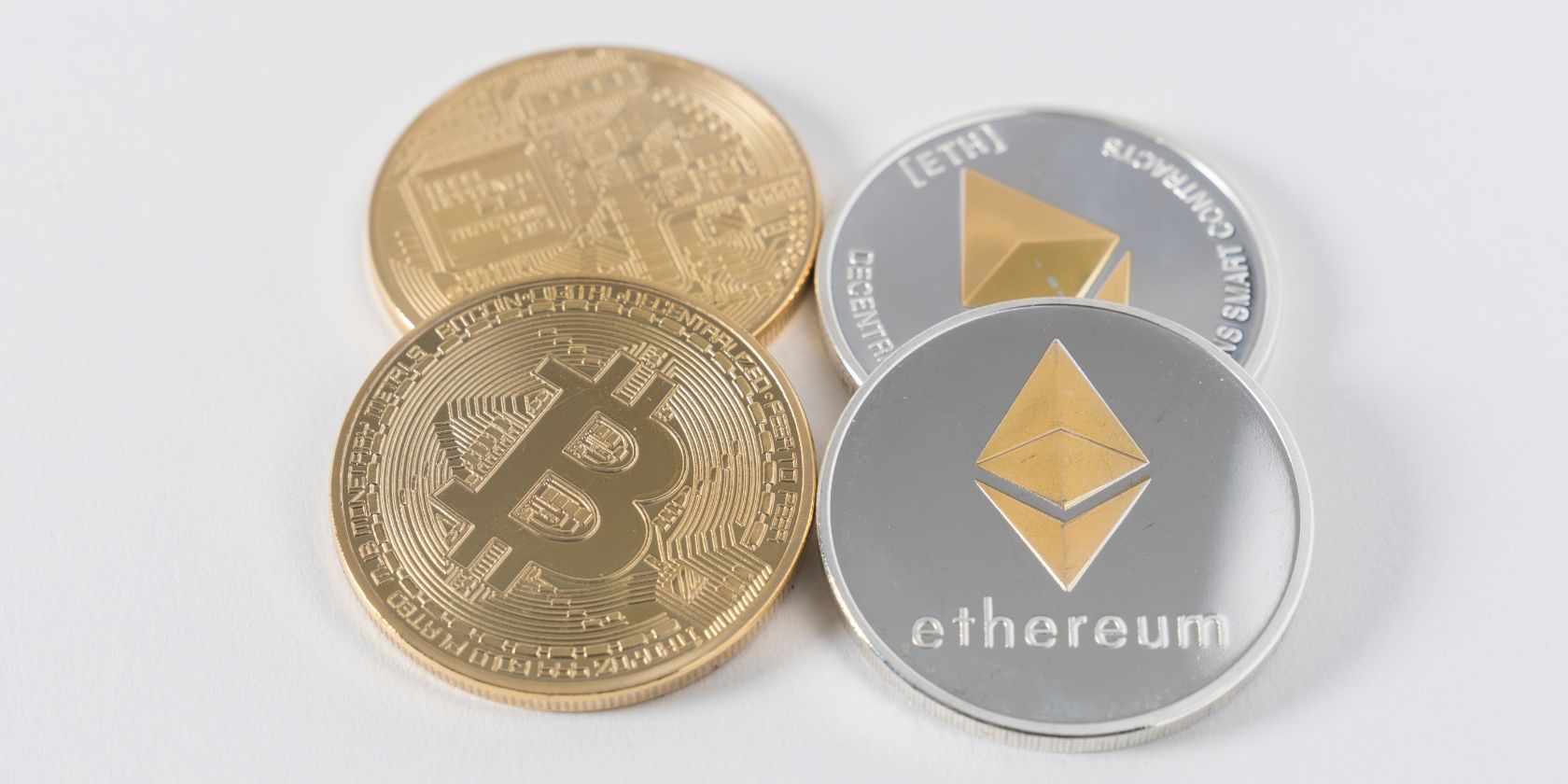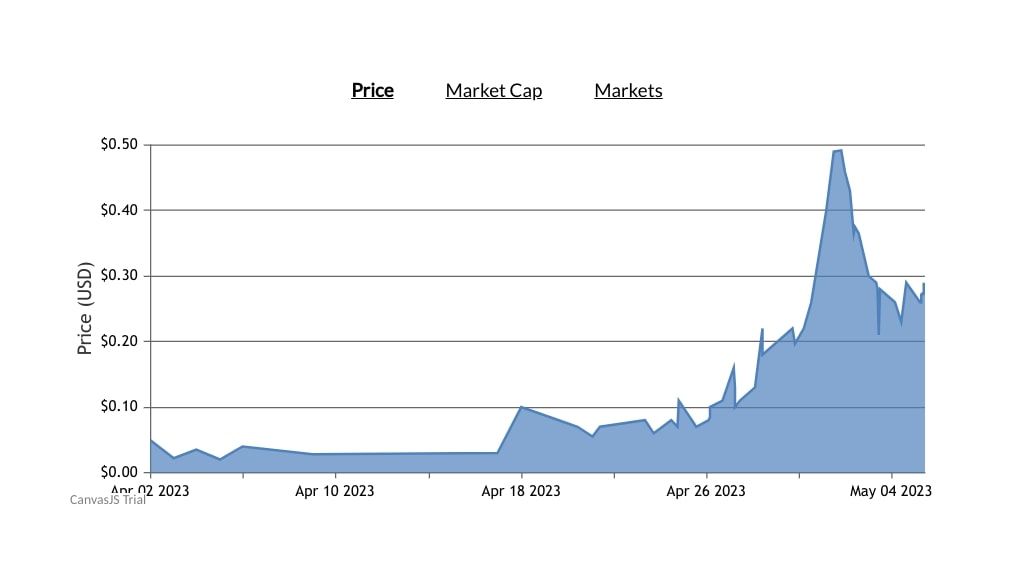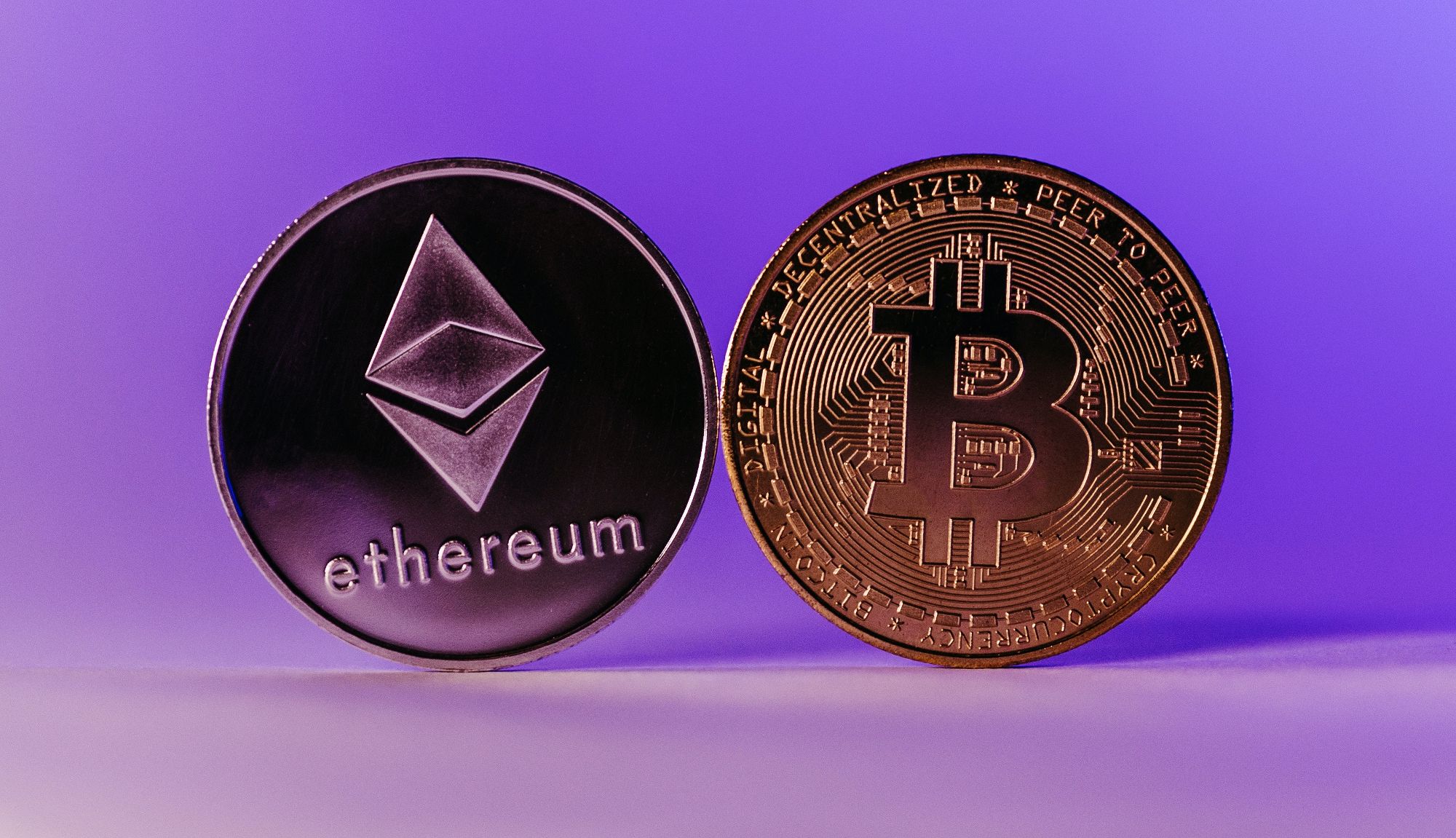If you're into Bitcoin, you probably know it's traditionally been a one-asset blockchain. BTC has long been the only cryptocurrency that the Bitcoin blockchain supports—but that is now changing with the launch of BRC-20 tokens.So, what is BRC-20, and how does it compare to the similarly named ERC-20?
What Are Bitcoin BRC-20 Tokens?
BRC-20 is a token standard created in March 2023 by an anonymous user named "Domo" (@domodata on Twitter). In the crypto market, token standards govern how and where a cryptocurrency can be used. There are various crypto token standards across numerous blockchains, including ERC-20, BEP-20, TRC-20, and, now, BRC-20.
The BRC-20 token standard is based on the Bitcoin blockchain and is inspired by Ethereum's highly popular ERC-20 standard that many popular tokens, such as Shiba Inu and Binance USD, use today.
But what's the real purpose of this token standard?
BRC-20 Tokens and Ordinals
In short, the core function of BRC-20 tokens is to allow users to trade fungible assets via the Ordinals protocol.
The Bitcoin Ordinals protocol launched in January 2023, causing a commotion in the Bitcoin community due to what the protocol could offer: Bitcoin-based NFTs.
While the Ethereum blockchain is known for its NFT support, the Bitcoin blockchain has never supported any crypto asset aside from Bitcoin itself. While some like this, others view it as a limiting factor to the Bitcoin blockchain's growth. Many Bitcoin users want new ways to use the blockchain, and NFT capabilities could aid this desire.
Enter Ordinals. This protocol uses satoshis, a tiny fraction of one BTC, to work. Each BTC coin contains 100 million satoshis.
The Ordinals protocol can be a little tricky to understand in detail, but in its most basic terms, it allows data to be inscribed on satoshis, these tiny Bitcoin fractions. Using this protocol, extra data can be inscribed onto a satoshi before it enters a transaction. Once the satoshi is inscribed with the extra data, it becomes an Ordinal. The inscription data contains a serial number that leads to the location of the Bitcoin-based NFT.
What's important to note here is that Ordinals are non-fungible. BRC-20 tokens, on the other hand, are entirely fungible.
This distinct difference is what makes BRC-20 tokens useful. With this standard, users can create and mint Bitcoin-based tokens via the Ordinals protocol, similar to how Ethereum users can create and mint tokens with the ERC-20 standard.
The BRC-20 Market Is Growing Rapidly
Since the launch of this standard, BRC-20 tokens have collectively reached a market cap of over $159 million, taking many by surprise.
According to BRC-20.io, the 24-hour trading volume of the BRC-20 market has exceeded three million dollars. With over 8,000 BRC-20 tokens minted so far, it's clear that this standard is attracting many crypto enthusiasts.
The popularity of BRC-20 tokens has been attributed to the hype amassed by Pepe Coin (PEPE). The Pepe Coin BRC-20 token reached a 24-hour trading volume of over half a million dollars at the time of writing. The token is a memecoin, meaning it is based on a popular internet meme. In this case, that meme is Pepe the Frog.
As you can see on the graph below, PEPE surged in price on May 1st to $0.49, though it has now dropped to just under $0.30.
Other BRC-20 tokens have also gained prominence, such as ORDI, MEME, and MOON. You may not have ever heard of these coins before, as they're all very new. Because the BRC-20 token standard only launched in March 2023, many of the tokens using this standard are, understandably, only in their infancy at the time of writing.
Many Bitcoin Ordinal collections were quick to hop on the BRC-20 bandwagon, such as Ordinal Monkey Club.
While it's exciting to see BRC-20 tokens become a hot topic, it's worth keeping in mind that this is still a very new token standard, so it'll take time to see whether it can gain a solid foothold in the crypto industry.
So, how do BRC-20 and ERC-20 compare to each other, and is one better than the other?
BRC-20 vs. ERC-20: What's the Difference?
There are some key differences between BRC-20 and ERC-20, some more obvious than others.
As previously mentioned, the BRC-20 and ERC-20 token standards exist on two different blockchains. While BRC-20 is Bitcoin-based, ERC-20 is Ethereum-based. This, in turn, means that BRC-20 and ERC-20 tokens will use different consensus mechanisms.
Because Ethereum uses the proof of stake mechanism, all of its ERC-20 token transactions are verified by validators who stake ETH to secure the network. On the other hand, Bitcoin uses the older proof of work mechanism, which uses miners to verify transactions by solving complex computational problems.
Another key difference between ERC-20 and BRC-20 is that the former uses smart contracts while the latter does not. One of Ethereum's shining attributes is its use of smart contracts, programs that automatically execute transactions when a set of pre-defined conditions are met on either side.
Instead of using smart contracts, BRC-20 tokens use inscriptions within the Ordinals protocol to function as fungible assets.
It's also important to note that you'll need your own Bitcoin wallet to mint or trade BRC-20 tokens.
At the moment, ERC-20 tokens are likely the better option over BRC-20 tokens for several reasons. Firstly, if you're a big fan of smart contracts, you may not like the functionality of the BRC-20 standard.
If you're looking for versatility, ERC-20 tokens are supported by a wide range of DeFi services, whereas BRC-20 tokens are experimental and have only just launched. For instance, if you want to buy ERC-20 tokens, there are many available to trade on popular exchanges, like Binance, UniSwap, and Coinbase. This is not yet the case for BRC-20 tokens.
But BRC-20 adoption may soar in the near future if this standard gains enough traction.
BRC-20 Could Change Bitcoin Forever
While BRC-20 is still in its infancy, it clearly has potential. As interest in this token standard continues to grow, we may one day see it rival other hugely popular standards, like ERC-20 and BEP-20. Time will tell whether BRC-20 tokens become a key part of the DeFi industry or whether they're another fast-fading crypto trend.



